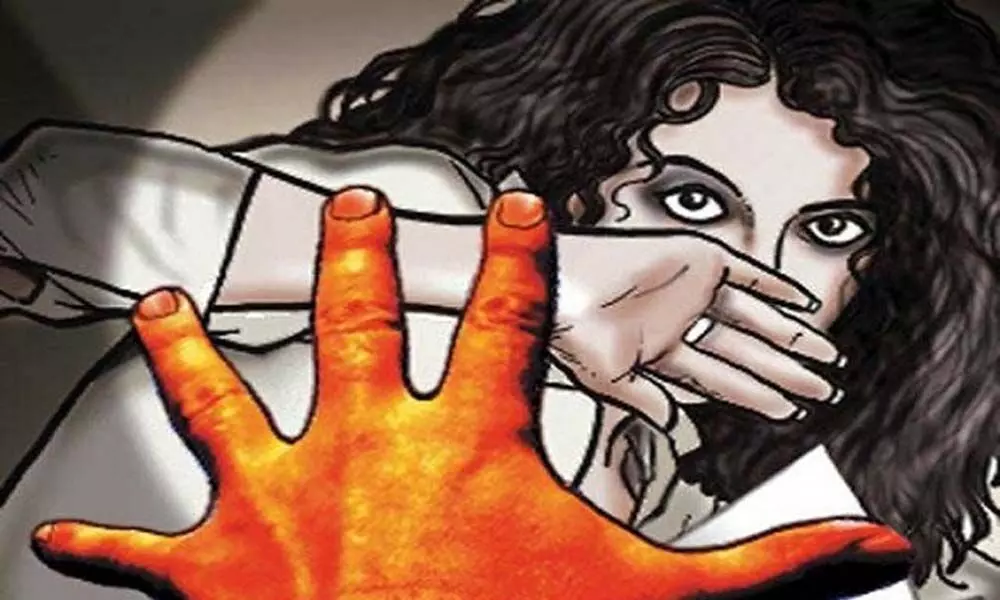Just In

Representational image
On a day the country was celebrating 'Azadi ka Amrit Mahotsav', a 30-year-old woman who was set on fire on Sunday, allegedly by the family members of a man she had accused of molestation, succumbed to her injuries at a hospital in Jhansi
On a day the country was celebrating 'Azadi ka Amrit Mahotsav', a 30-year-old woman who was set on fire on Sunday, allegedly by the family members of a man she had accused of molestation, succumbed to her injuries at a hospital in Jhansi. Down South, in Andhra Pradesh, a B Tech student was stabbed to death by a youth when she refused to accompany him on his two-wheeler for a ride. The other day, we saw a nine-year old Dalit girl savaged at a crematorium and her family members had been threatened into silence. Why are so many girls and women, particularly dalits, getting reduced to crime numbers in police stations everyday in this country? What ails our society and our systems?
Even if one survives rape attempts and rapes, the victims have to endure not just the social stigma but also an insensitive criminal justice system in the country which has failed them consistently. A decade ago, following a huge public outrage over 'Nirbhaya Kand', the police revealed that just four out of 10 rapes would be reported to them and the crime records in 2011 stated that the total reported rapes were 24,206 in that year. These, as usual, do not include the unreported ones including those of the marital rape.
Nothing has changed with the amended laws too. 'Nirbhaya' and 'Disha' have just become two more Acts in our law books and no more. In India, as per the National Family Health Survey 29.5 per cent of women have experienced physical violence since age 15. As per the latest National Crime Records Bureau (NCRB) report, released on September 29, 2020, an average of 87 rape cases were registered daily in India in 2019. Cases registered under crime against women rose by 7 per cent relative to 2018. In India, efforts have been made to ensure that existing government schemes such as One Stop Centres, Ujjawala Homes, and Emergency Response Support System remain operational.
Notably, 33 per cent of violence complaints were made via the NCW's WhatApp based helpline launched in April 2020, suggesting that a discreet method of reporting was much needed during the pandemic. State government initiatives, such as Uttar Pradesh Police's "Suppress corona, not your voice" campaign, Odisha Police's Phone-Up programme, Kerala State Commission for Women's tele-counselling facility, Maharashtra Government's Akshara Centres, Special Cell for Women and Children, and the #LockdownOnDomesticViolence campaigns were important steps alongside 'Disha' mobile App quick response system, signalling intolerance for violence across governments.
Yet, its status quo as far as women are concerned. In a country where every third woman faces some form of domestic violence, and 52 per cent of women and 42 per cent of men believe it is justified for a husband to hit his wife, there is a need for a long-term national strategy to combat violence against women and girls. Improving women's financial independence, community support systems and advocacy and awareness are just a few of the measures that researchers suggest to curb the violence.
Implementing this strategy at district and block level will require not only increased budgetary allocations from Central and State governments, but an unprecedented level of cooperation between community support organisations, and government agencies, as this is one pandemic that cannot be curbed by a single person or agency alone.

© 2024 Hyderabad Media House Limited/The Hans India. All rights reserved. Powered by hocalwire.com







